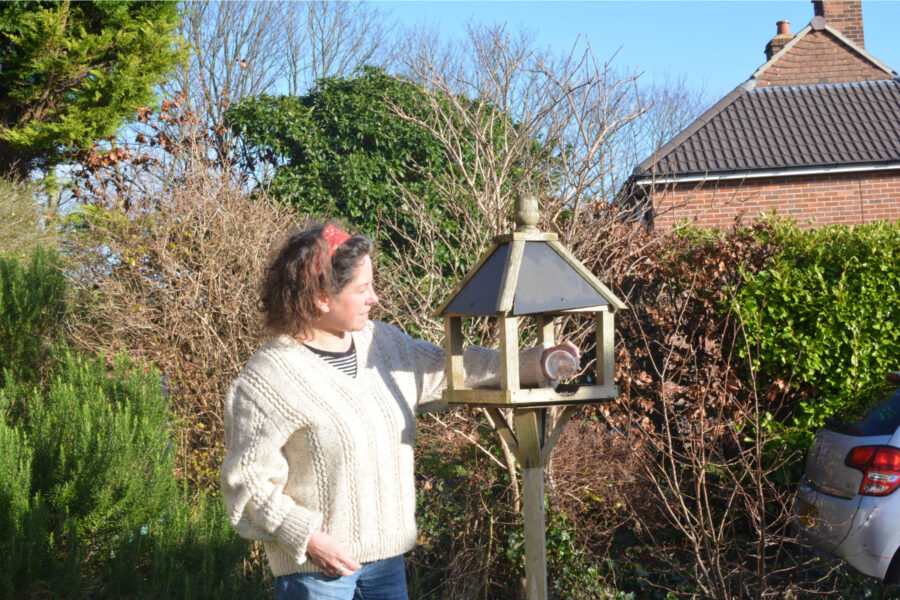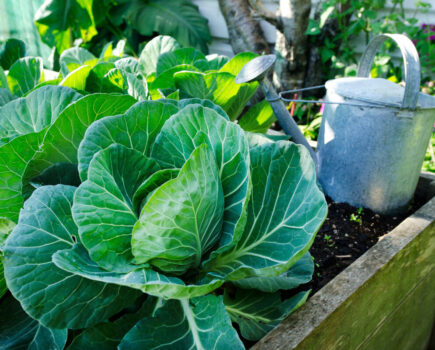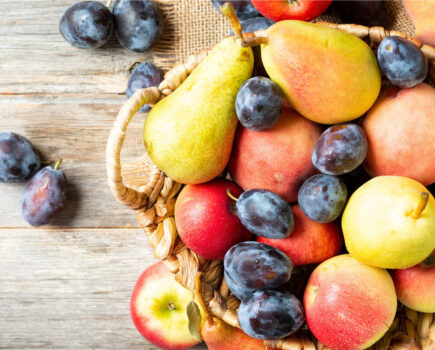Provide creatures with food, water and somewhere to hibernate
It has been a slightly disturbing year in the garden, the cold wet start to spring and summer knocking back the plants and animals alike. However, not all was lost. While there was a shocking lack of butterflies skipping over the lawn and flowers, we were visited by a healthy population of bumble and solitary bees, which appeared to kick the national trend.
We have also seen more dragonflies and damselflies than in previous years, happily watching them hawking over the garden like little helicopters.
Bird-wise, we’ve been lucky enough to have several broods of sparrows and starlings pillaging the feeders, along with blue, cole, great and long-tailed tits and a family of great spotted woodpeckers.
In their wake came the sparrowhawks, which picked off several unwary starling fledglings.
On the ground, it has been a wonderful summer for hedgehogs and we seem to have three in residence. One is large, the other two smaller, and I suspect they are a parent and last year’s young who are starting to make their way.
Things may be quietening down for autumn, but there is no let-up in the natural world and our garden wildlife still needs our support.
Keep feeding birds all through the winter, and make sure they have a constant supply of fresh water – especially during dry and frozen spells.
Don’t be too tidy when clearing up seasonal debris. Leave piles of leaf litter in quiet corners, use tree prunings to make a log pile, stack pots somewhere sheltered to create a hibernation spot for bees.
Take care in sheds and garages, where butterflies and ladybirds might be overwintering, and clear out nestboxes so small birds have somewhere to shelter on cold nights.
The wildlife in our gardens is one of the greatest allies when it comes to pest control, so repay them by helping to see them safely through the next few months.
Look after wildlife
Helping them through winter
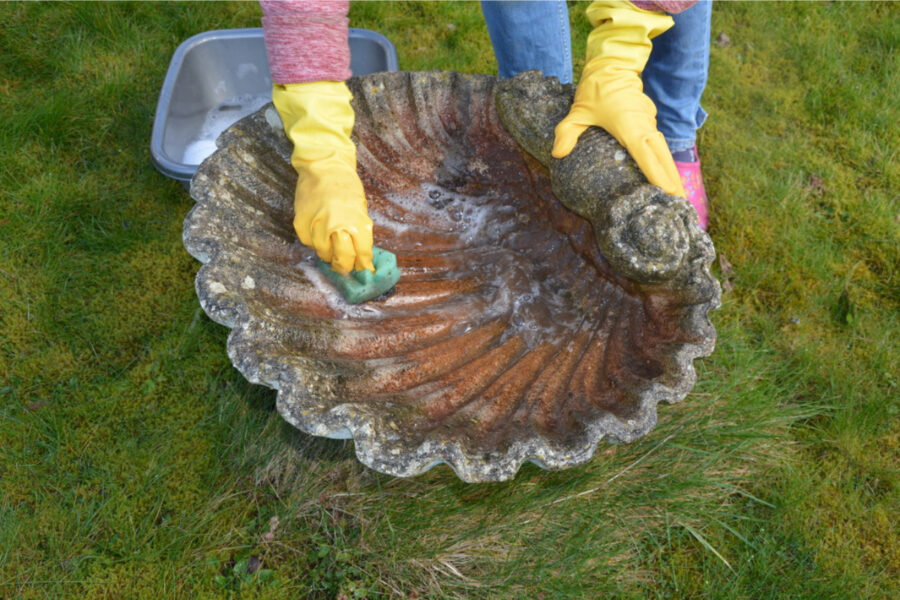
1. Make sure birds have somewhere clean and safe to drink and bathe.
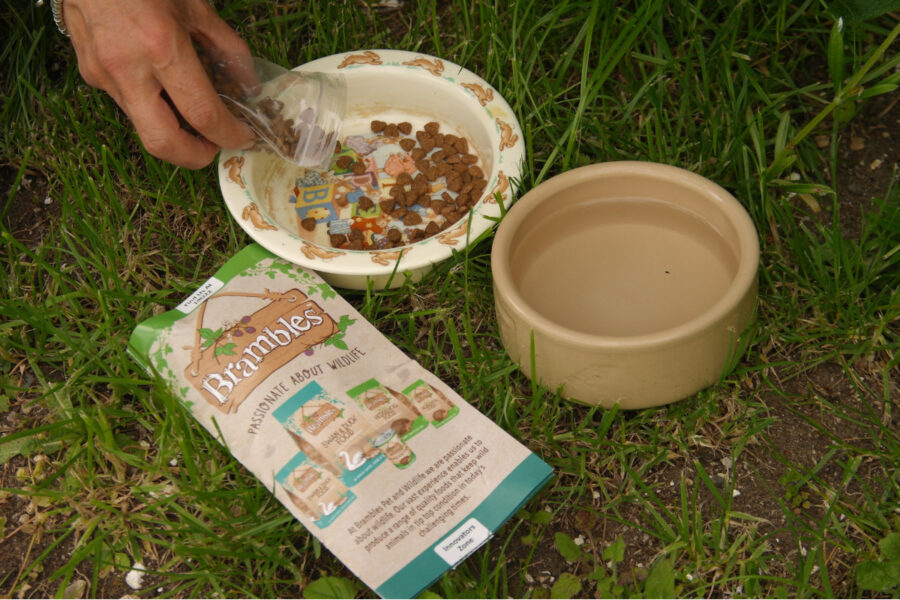
2. hedgehogs rarely hibernate right through winter, so make sure there is food and water for them during mild spells.
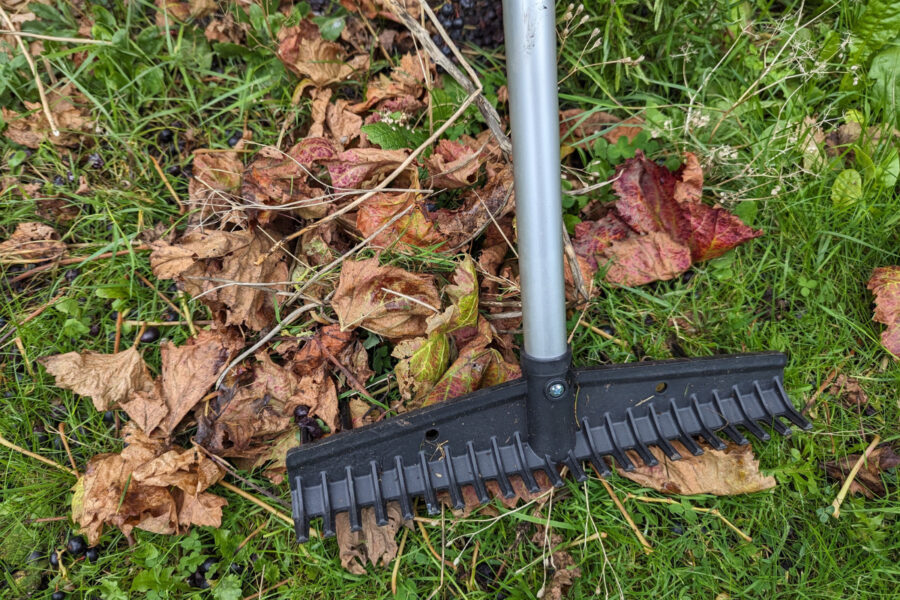
3. Beneficial insects and invertebrates will hibernate in piles of leaf litter.

4. A log pile stuffed with leaves and moss makes a snug winter ‘des res’ for a wide range of garden creatures including toads.
Cut back perennials in autumn
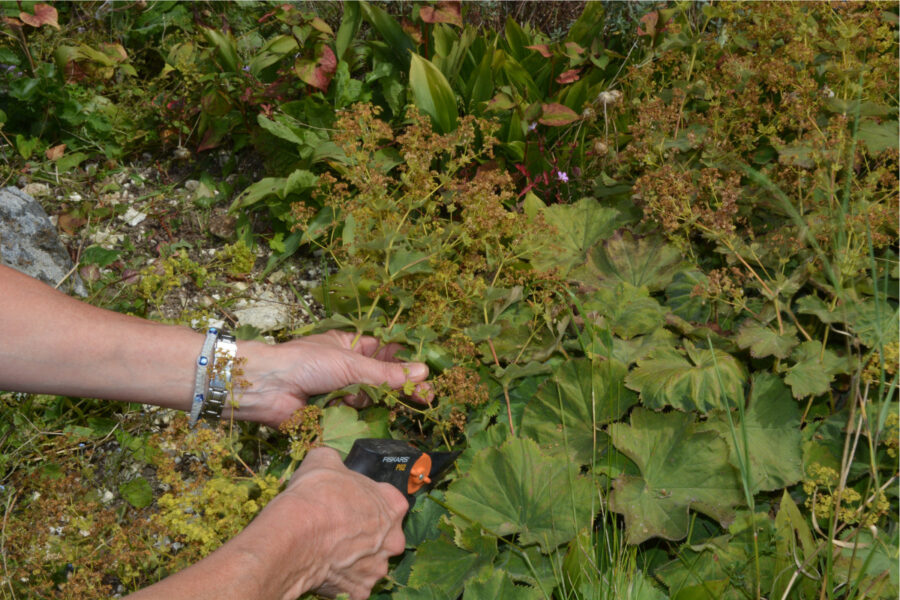
1. Deadhead perennials and remove old, tattered leaves. Then mulch over the roots before cold weather arrives, Don’t cover the crown as damp mulch can cause rotting.

2. The dead, hollow stems of pruned plants can be tied together to make winter bug homes. Either hang them somewhere sheltered or stuff them inside bushes and hedges.
Find more tips, advice and articles like this at the Amateur Gardening website. Subscribe to Amateur Gardening magazine now

